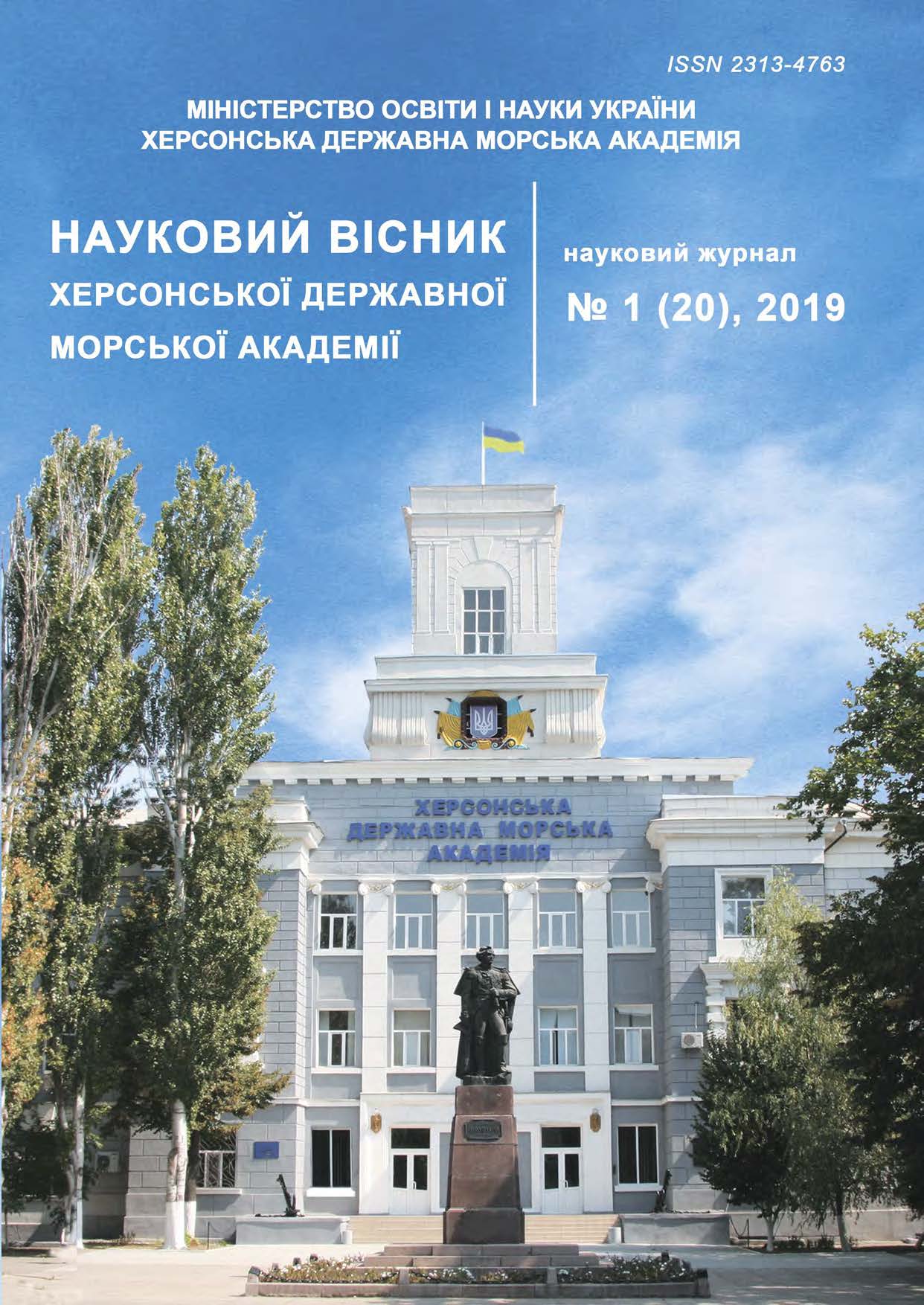ANALYSIS OF SEMICONDUCTOR FREQUENCY CONVERTERS WITH ELECTRICAL AND MAGNETIC SUMMATION OF OUTPUT VOLTAGES AND MAGNETIC FLUXES
https://doi.org/10.33815/2313-4763.2019.1.20.087-096
Abstract
In most systems, the rectifier and inverter are assembled based on thyristor and transistor modules. Control of the rectifier and inverter is carried out by the appropriate circuits, and sinusoidal voltage is obtained by means of synchronous compensator, filters, or by providing pulse-width modulation of the voltage at the output of the inverter. Circuits providing a close to sinusoidal stepped voltage due to the electrical summation of the output voltages of several inverters have become widespread. The aim of this paper is to perform mathematical analysis of semiconductor frequency converters with electrical and magnetic summation of output voltages and magnetic fluxes. A transformer with a rotating magnetic field can be performed with a mixed or twisted magnetic circuit. The choice of type of magnetic conductor depends on the power of the converter. In transformers with a charge magnetic circuit, as already noted, the windings can be performed in a short step, which simplifies the sine wave voltage. TOMPs with these magnetic conductors can be controlled by adjusting the output voltage. The cooling of such transformers can be provided by air purging.
When using TOMP to obtain a sinusoidal voltage, the optimum number of grooves per pole and phase can be used, as well as winding with a short step. In the paper it is proved that in converters with multiphase inverters and TOMP (5-7 phase) significantly simplify the control and regulation systems, as well as the cooling system, which indicates the need for comparative studies of such converters with multilevel inverters. The study showed that the cooling systems of the converters can be made on the basis of forced air, which greatly simplifies the production and operation of frequency converters of various purposes.
References
Freyjdzon, I. R. (1988). Sudovihe avtomatizirovannihe ehlektroprivodih i sistemih. «Leningrad : Sudostroenie.
Krasnoshapka M. M. et al. (Ed.) (1992). Plavnoreguliruemihe transformatorih, asinkhronnihe i beskontaktnihe sinkhronnihe mashinih. Moskva : Radio i svyazj.
Zakharchenko, V. N. (2003). Ehlektrooborudovanie sudov : ehlektricheskie stancii. Odessa : ONMA.
Pipchenko, A. N. et al. (Ed.) (2005). Ehlektrooborudovanie, ehlektronnaya apparatura i sistemih upravleniya. Odessa : ONMA.
Artemov, G. A. et al. (Ed.) (1987). Sudovihe ehnergeticheskie ustanovki. Leningrad : Sudostroenie.
Razmadze, Sh. M. (1987). Preobrazovateljnihe skhemih i sistemih. Moskva :Vihsshaya shkola.
Sarbatova, R. S. (Ed.) (1980). Tiristornihe preobrazovateli chastotih v ehlektroprivode. Moskva : Ehnergiya.
Chekunov, K. A. (1982). Teoriya sudovogo ehlektroprivoda. Leningrad : Sudostroenie.
Efremov I. S. (1984). Teoriya i raschet tyagovogo privoda ehlektromobileyj. Moskva : Vihssh. shkola.
Ivanov-Smolenskiyj, A. V. (1980). Ehlektricheskie mashinih. Moskva : Ehnergiya.
Pakhomov, Yu. A. (2007). Sudovihe ehnergeticheskie ustanovki s dvigatelyami vnutrennego sgoraniya. Moskva : TransLit.






